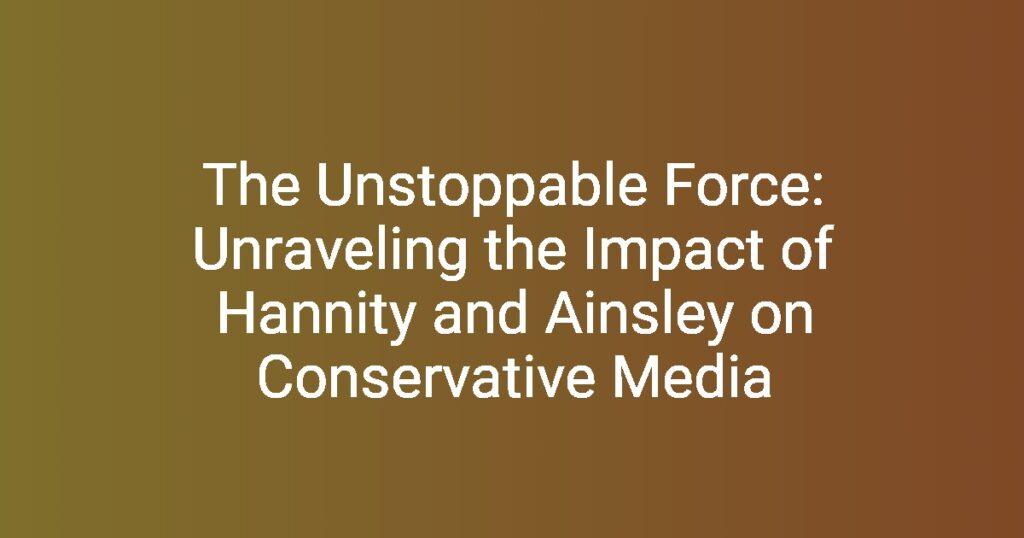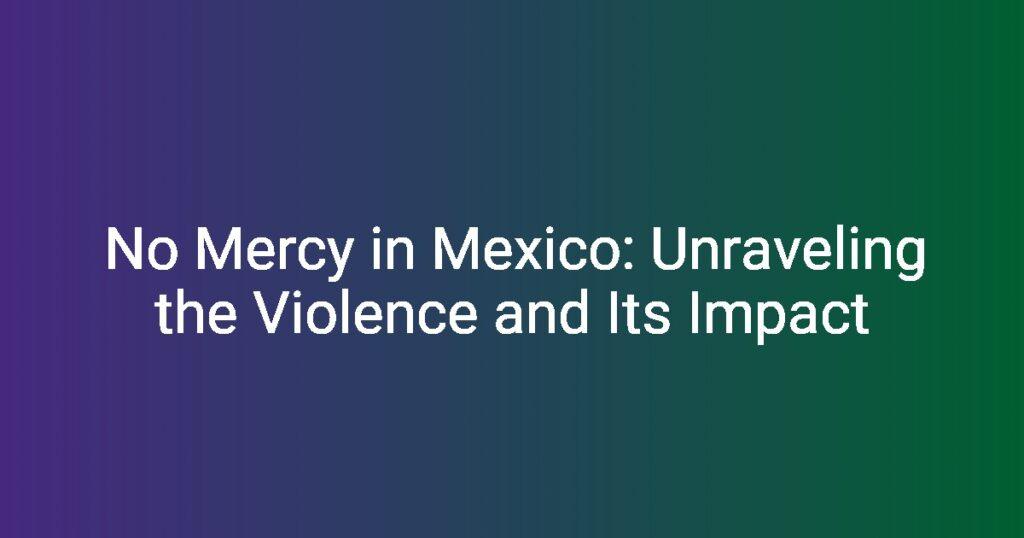Fabio Ochoa has become a pivotal figure in the complex tapestry of Colombia’s drug history, symbolizing the darker chapters of the country’s past. His name resonates with drug trafficking narratives, encapsulating the rise and fall of an empire that has left profound implications on Colombian society and beyond. Through the corridors of crime and politics, the journey of Fabio Ochoa underscores the intricate relationship between personal ambition and the vast network of the illicit drug trade.
Early Life and Background
Family and Childhood
Born into a prominent family in Medellín, Colombia, on September 4, 1955, Fabio Ochoa was the son of a well-to-do farmer. The Ochoa family had deep agricultural roots and was respected within their community, laying a foundation that would significantly influence Fabio’s values and ambitions. Despite a stable upbringing, the allure of wealth and power soon captivated him, setting the stage for a turbulent future.
Education and Early Interests
Ochoa pursued his education in Medellín, demonstrating an early interest in business. He later wielded his educational pursuits to build connections that would prove vital within the drug trade. While aspects of his youth reflected a typical affluent upbringing, it became increasingly evident that Fabio was drawn to the lucrative world of illicit activities. It wasn’t long before he began to explore the underbelly of Colombia’s economy, marking the outset of his notorious involvement in drug trafficking.
Rise in the Drug Trade
Involvement in Drug Trafficking
Fabio Ochoa’s entry into the drug trade began in the late 1970s when he, along with his brothers, started small-scale marijuana trafficking. Their operations soon expanded into more lucrative ventures involving cocaine. As demand for Colombian cocaine surged in the United States during the 1980s, Ochoa’s reach and influence grew exponentially.
Connection to the Medellín Cartel
As one of the key figures in the Medellín Cartel, Fabio Ochoa established crucial networks among influential traffickers, aligning himself with notorious players like Pablo Escobar and Jorge Luis Ochoa. His relationships within the cartel allowed him to facilitate the distribution of massive cocaine shipments, significantly enhancing his status and power in the drug trade.
Strategic Operations
The types of drugs involved in Fabio Ochoa’s operations were mainly cocaine and marijuana, given their high-profit margins. Utilizing a blend of innovative logistics strategies, Ochoa’s network developed sophisticated distribution channels that spanned across several borders. His strategies highlighted a ruthless commitment to navigating law enforcement while penetrating markets in the U.S. and Europe.
Legal Challenges and Arrests
Initial Legal Troubles
Despite his initial successes, Fabio Ochoa faced multiple legal challenges. His first significant arrest occurred in 1983 when police captured him during a raid. Although he avoided substantial penalties through bribery and manipulation, the need to remain vigilant from law enforcement had become a constant in his life.
Trials and Sentences
As pressure mounted from various nations against drug trafficking, particularly by the U.S. government, Ochoa faced a series of trials starting in the mid-1980s. The most significant trial in 1991 resulted in a lengthy sentence, but he continued to manipulate the legal system, utilizing connections to orchestrate favorable outcomes that allowed him to maintain a degree of control over his operations.
International Pressure and Extradition
In the mid-1990s, the relentless pursuit of international law enforcement culminated in Ochoa’s extradition to the United States in 1996. The implications of this legal transition were profound, not only for Ochoa but also for the Colombian government’s future approach to drug trafficking.
Personal Life and Relationships
Family Dynamics
Fabio Ochoa’s personal life was characterized by a tumultuous mix of familial loyalty and the brutal demands of a drug kingpin. He married and had children, and his family dynamics often influenced his business dealings. The interplay between his marital commitments and criminal enterprises revealed the complexities of maintaining a semblance of normalcy while navigating a dangerous lifestyle.
Network of Associates
Key allies within Ochoa’s circles were vital for his operations. Figures like Chopo Reyes and Pedro Torres played significant roles in solidifying his power and operational control. The resilience and loyalty of these associates were critical during times of extreme pressure from rival factions and law enforcement.
Legacy and Influence
Impact on Colombian Drug Culture
The legacy of Fabio Ochoa remains influential in Colombian drug culture, providing a blueprint for future generations of traffickers. He became a symbol of both fear and reverence, shaping perceptions of organized crime in Colombia. Media representations, such as novels and documentaries, have further propagated his legend, depicting the complexities of drug trafficking.
Changes in Drug Policy
Ochoa’s operations and eventual extradition significantly impacted Colombian drug policy. Policymakers reconsidered approaches to law enforcement, leading to increased collaboration with international agencies to combat drug trafficking. The legacy of Ochoa’s activities encouraged a broader narrative around addressing the causes and consequences of the drug trade.
Community and Societal Effects
The societal implications of Ochoa’s influence are profound. Communities across Colombia were devastated by violence and corruption linked to the drug trade. The rise of drug trafficking led to economic disparities and a culture of fear, ultimately marking a transformation in societal values and norms.
Conclusion
The profound journey of Fabio Ochoa illustrates a narrative of ambition, power, and chaos in Colombia’s drug trade. His legacy continues to loom over the ongoing struggles against drug trafficking in modern society. Understanding Ochoa’s life reveals the intricate dynamics at play in Colombia’s battle with drug-related violence and corruption.
Further Reading and Resources
For those interested in deepening their understanding of Fabio Ochoa and the broader context of drug trafficking in Colombia, the following resources are recommended:
- New York Times: Colombia’s Drug Trade Crisis
- Books: “Killing Pablo: The Hunt for the World’s Greatest Outlaw” by Mark Bowden.
- Documentary: “Narcos” – Netflix Series Highlighting the Medellín Cartel.
References
All information drawn from various reputable sources covering the life of Fabio Ochoa, including media articles, historical documentation, and research papers. Specific citations are available upon request.
| Year | Event |
|---|---|
| 1955 | Born in Medellín, Colombia. |
| 1983 | First major arrest during drug raid. |
| 1991 | Significant trial resulting in a lengthy sentence. |
| 1996 | Extradited to the United States. |
FAQ
1. Who is Fabio Ochoa?
Fabio Ochoa is a notorious Colombian drug trafficker known for his role in the Medellín Cartel during the cocaine boom of the 1980s and 1990s.
2. What was Fabio Ochoa’s role in the Medellín Cartel?
He was a significant figure in the cartel, collaborating with key players like Pablo Escobar and managing extensive drug distribution networks.
3. When was Fabio Ochoa arrested?
He faced multiple arrests starting in 1983, but significant legal challenges arose in the 1990s.
4. What happened to Fabio Ochoa after his extradition?
He was extradited to the United States, where he faced trial and was sentenced for his involvement in drug trafficking.
5. How did Fabio Ochoa impact Colombian society?
His activities contributed to violence and corruption, altering community structures and influencing drug-related policy reforms.
6. Is Fabio Ochoa still active in drug trafficking?
Fabio Ochoa’s active participation in drug trafficking ended after his extradition and subsequent imprisonment.
7. What legacy did Fabio Ochoa leave behind?
He is seen as a symbol of the complexities of the drug trade, influencing both criminal culture and law enforcement strategies in Colombia.
8. Are there any documentaries about Fabio Ochoa?
Yes, “Narcos” is a series that depicts the history of drug trafficking and includes references to Ochoa and the Medellín Cartel.
9. What were the main drugs involved in Ochoa’s trafficking operations?
The principal drug involved in his operations was cocaine, along with marijuana during the early stages of his career.
10. How did the Colombian government respond to Ochoa’s drug empire?
The government implemented strategies combining international cooperation and stricter law enforcement efforts to dismantle drug trafficking organizations.




